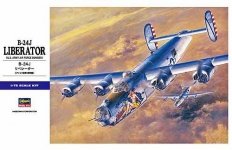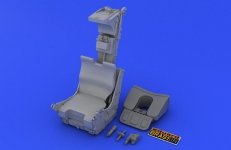X
-
Załączniki bezpieczeństwa
Załczniki do produktuZałączniki dotyczące bezpieczeństwa produktu zawierają informacje o opakowaniu produktu i mogą dostarczać kluczowych informacji dotyczących bezpieczeństwa konkretnego produktu
-
Informacje o producencie
Informacje o producencieInformacje dotyczące produktu obejmują adres i powiązane dane producenta produktu.EduardMirova 170Obrnice ,435 21Czechy
-
Osoba odpowiedzialna w UE
Osoba odpowiedzialna w UEPodmiot gospodarczy z siedzibą w UE zapewniający zgodność produktu z wymaganymi przepisami.EDUARD – MODEL ACCESSORIES, spol. s r.oMirova 170Obrnice ,435 21Czechy
Eduard 7464 Bf 110E Weekend edition 1/72
Polecamy
70,76
PLN*
* z podatkiem VAT
Eduard 7456 Z-37A Čmelák Weekend edition 1/72
50,35
PLN*
* z podatkiem VAT
Eduard 70112 Fw 190A-8/ R2 1/72
50,37
PLN*
* z podatkiem VAT
Eduard 7077 F6F-5 (1:72)
57,76
PLN*
* z podatkiem VAT
Klienci, którzy kupili ten produkt wybrali również...
Tamiya 35211 Russian Heavy Tank JS3 Stalin (1:35)
125,47
PLN*
* z podatkiem VAT
Tamiya 35286 Sd.Kfz.222 Leichter Panzerspahwagen 4x4 Afrika Korps (1:35)
112,03
PLN*
* z podatkiem VAT
Italeri 1247 UH-1D SLICK (1:72)
56,71 PLN*
Oszczędzasz 4.54 PLN
52,17
PLN*
* z podatkiem VAT
Hasegawa E23 Lancaster B.Mk.I/Mk.III (1:72)
178,60
PLN*
* z podatkiem VAT
Hasegawa E25 Junkers Ju88A-4 (1:72)
127,16
PLN*
* z podatkiem VAT
Hobby Boss 80366 F-14A Tomcat (1:48)
164,75
PLN*
* z podatkiem VAT
Hasegawa E29 B-24J LIBERATOR (1:72)
212,89
PLN*
* z podatkiem VAT
Eduard 632001 F-4C/ D/E/ F/G seat 1/32 (Tamiya)
87,51
PLN*
* z podatkiem VAT











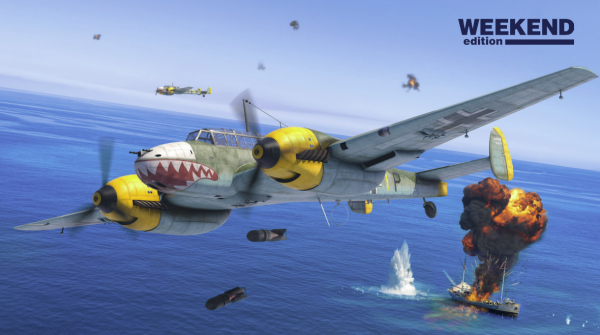
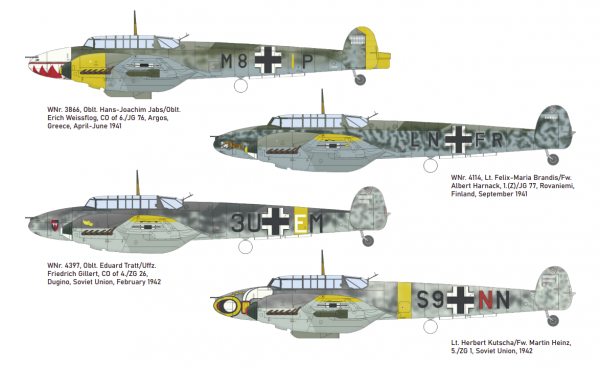
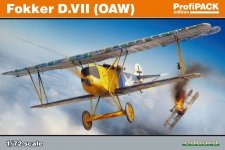
 1 szt.
1 szt.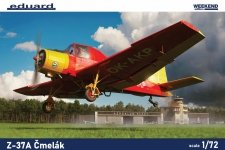
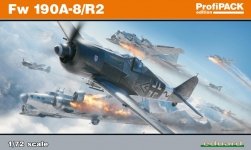

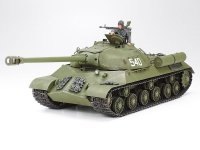
 136 szt.
136 szt.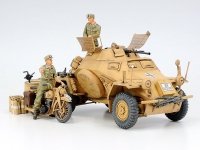
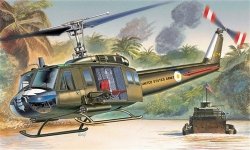


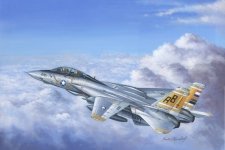
 2 szt.
2 szt.